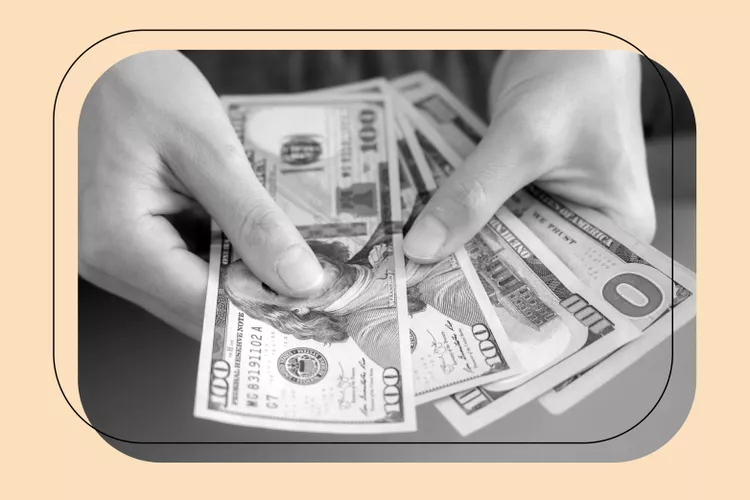First Official Currency Is Minted

Meanwhile, further west during this era, in 600 BCE, the invention of metal coinage occurred when Lydia’s King Alyattes minted what is believed to be the first official currency, the Lydian stater.
The coins were made from electrum, a mixture of silver and gold that occurs naturally, and the coins were stamped with pictures that acted as denominations.
Lydia’s currency helped the country increase both its internal and external trading systems, making it one of the richest empires in Asia Minor. Today, when someone says, “as rich as Croesus”, they are referring to the last Lydian king who minted the first gold coin.
Transition to Paper Currency
During 1260 CE, the Yuan dynasty of China moved from coins to paper money.
By the time Marco Polo, a Venetian merchant, explorer, and writer who traveled through Asia along the Silk Road, visited China in approximately 1271 CE, the emperor of China had a good handle on both the money supply and its various denominations.
In fact, in the place where modern American bills say, “In God We Trust,” the Chinese inscription at that time warned: “Those who are counterfeiting will be beheaded.”
Parts of Europe still used metal coins as their sole form of currency until the 16th century. Colonial acquisitions of new territories via European conquest provided new sources of precious metals and enabled European nations to keep minting a greater quantity of coins.
But banks eventually started using paper banknotes for depositors and borrowers to carry around in place of metal coins. These notes could be taken to the bank at any time and exchanged for their face value in metal, usually silver or gold, coins. This paper money could be used to buy goods and services. In this way, it operated much like currency does today in the modern world. But it was issued by banks and private institutions rather than the government, which is now responsible for issuing currency in most countries.
The first paper currency issued by European governments was actually issued by their colonial governments in North America. Because shipments between Europe and the North American colonies took a long time, colonies often ran out of cash. Instead of going back to a barter system, the colonial governments issued IOUs that traded as currency. The first instance was in Canada (then a French colony) in 1685 when soldiers were issued playing cards denominated and signed by the governor to use as cash instead of coins from France.